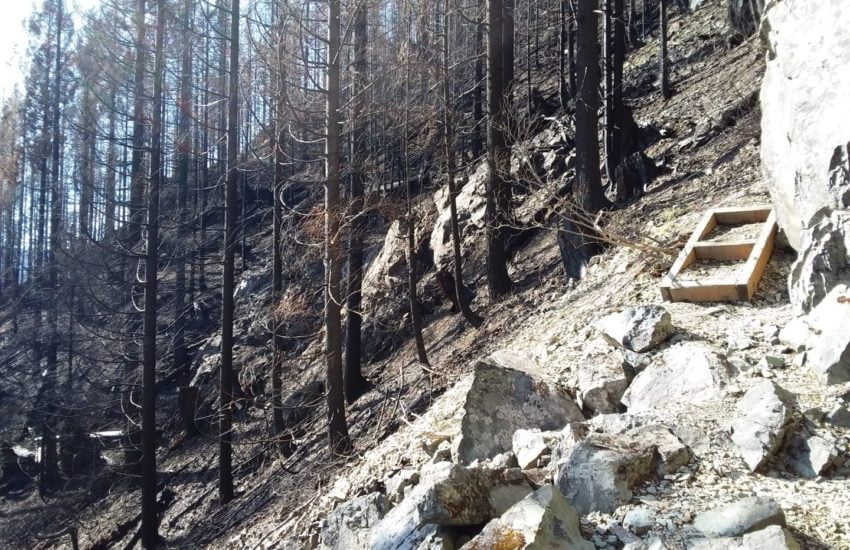Gainesville, Ga. (February 3, 2020) — This week, the Piedmont Prairie Partnership, a group of non-profit, state, and federal agencies, released two new videos documenting the history of Piedmont Prairies and work being done in North Carolina, South Carolina, and Georgia to bring them back. Historically, much of the Piedmont was covered by prairies – some with scattered trees and some without.
These open areas, maintained by regular fire and animals like elk and bison, supported large numbers of flowering plants, pollinators, and other wildlife like bobwhite quail. Most of these places, if not already converted to agriculture or cities, developed into thick forests. With increasing drought and temperatures from climate change, forests are now predicted to thin out again.
People throughout the Piedmont are now working in natural areas, roadsides, power line rights-of-way, and their own backyards to bring back this rare ecosystem and help prepare for the future.
Jimmy Rickard, Forest Ecologist and Botanist for the United States Forest Service, works with Georgia Plant Conservation Alliance partners to help restore Piedmont prairie conditions on the Chattahoochee-Oconee National Forests.
“There’s only a couple of hundred woody species in the state of Georgia so there’s not much diversity in our trees, but there’s at least a couple thousand herbaceous plants so that’s really where our botanical diversity comes in – is when we’re able to get sunlight on the ground and grow these plants,” said Rickard.
“This is just a very exciting habitat because it is so dynamic and it has so much going on. There’s so many different interactions between the plants and the animals that inhabit this landscape.”

Rickard was interviewed for the video (watch at minute 8:20 in the longer video).
There are many more reasons for the groundswell of support for prairies aside from their beauty. Native prairies and grasslands provide habitat and havens for honeybees and a host of native pollinators including moths, bats, hummingbirds, and especially native bees, such as carpenter and bumble bees. They are also home to more rare and declining species than any other habitat type in the Southeast, such as grassland birds.

There are a number of ways you can help bring back Piedmont Prairies:
- Go Native! Talk to your local botanical garden about sources for native plants to use in your yard.
- Encourage your city, county, and local land trusts to create Piedmont Prairies on their lands.
- Ask your power company and department of transportation to manage existing native prairies and plant new prairies in powerline corridors and on roadsides.
- Learn more about how the Forest Service manages the Chattahoochee-Oconee National Forests: https://www.fs.usda.gov/resources/conf/landmanagement/resourcemanagement
About the Piedmont Prairies Partnership: The Piedmont Prairie Partnership is a group of non-profit, state, and federal agencies working to bring back Piedmont Prairies.
Organizations include the North Carolina Botanical Garden, Southeastern Grasslands Initiative, Ellerbe Creek Watershed Association, South Carolina Department of Natural Resources, State Botanical Garden of Georgia, Atlanta Botanical Garden, U.S. Forest Service, and U.S. Fish and Wildlife Service.
About the Chattahoochee-Oconee National Forests
The Chattahoochee-Oconee National Forests provide the finest outdoor recreation opportunities and natural resources in Georgia. Featuring nearly 867,000 acres across 26 counties, thousands of miles of clear-running streams and rivers, approximately 850 miles of recreation trails, and dozens of campgrounds, picnic areas, and other recreation activity opportunities, these lands are rich in natural scenery, history and culture. The mission of the USDA Forest Service is to sustain the health, diversity, and productivity of the nation’s forests and grasslands to meet the needs of present and future generations.


